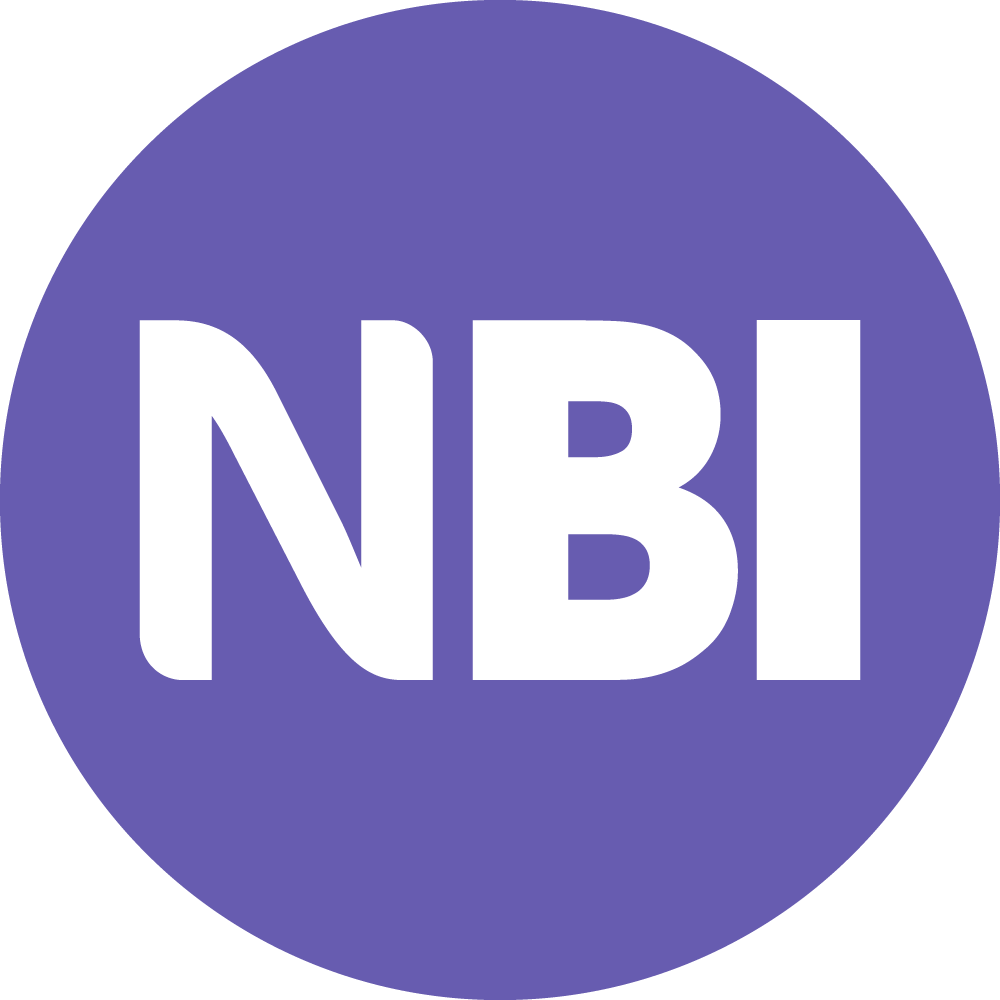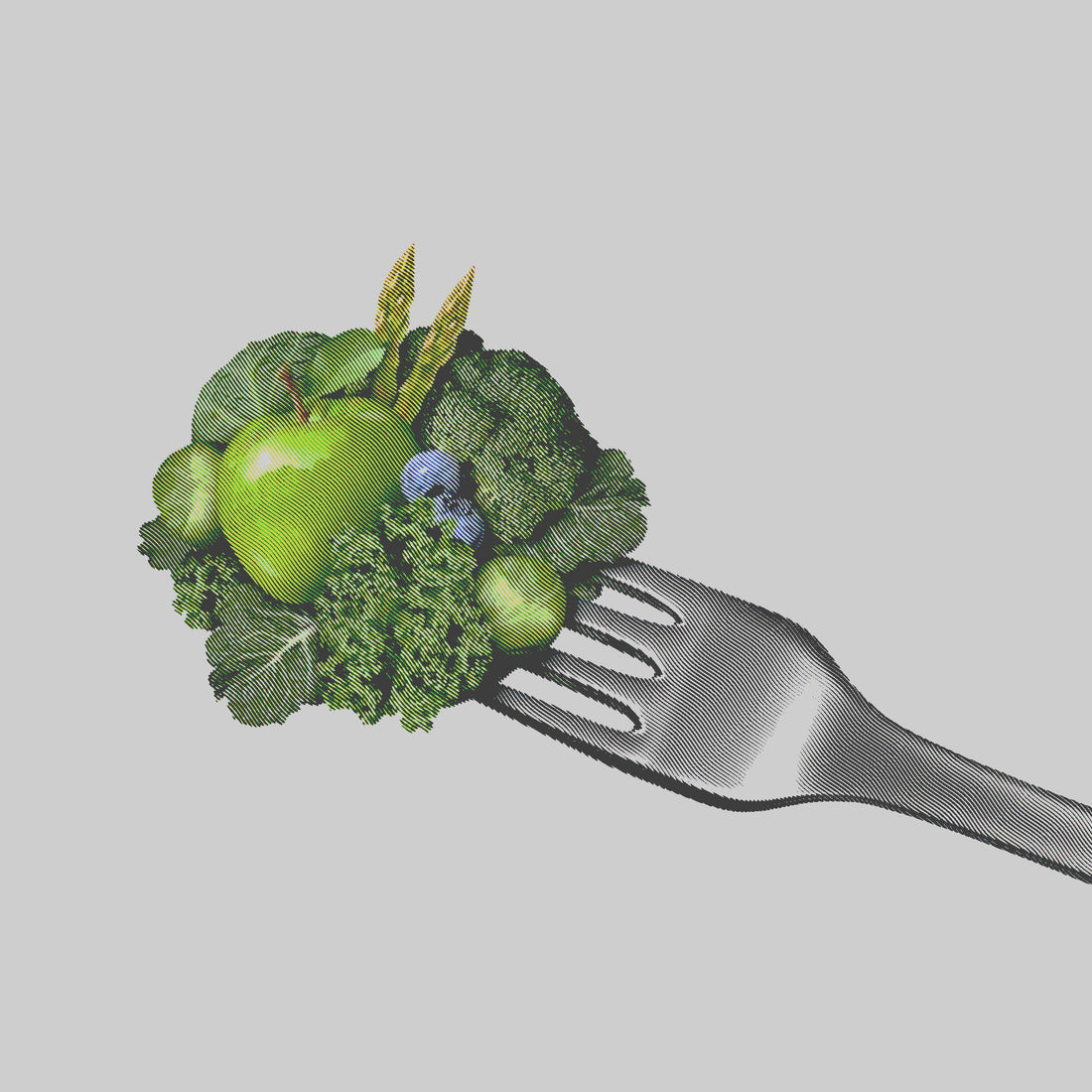NBI’s Heart Salt®
Looking after your heart health and managing hypertension can begin with your diet. It is well known the link between sodium and heart disease. Reducing your sodium intake is just one step you can take to help reduce blood pressure and your risk of heart disease.
The WHO recommends adults lower their sodium consumption to less than 2g of sodium, or roughly 1 teaspoon (5g) of salt, for the prevention of cardiovascular disease1. However, most of our sodium intake isn’t from the salt shaker. Rather, most of the sodium in the average diet comes from packaged and processed food. A diet focused on healthy eating can help reduce your sodium intake.
Here are 5 ways you can lower your sodium consumption and develop a healthy diet for hypertension.
1. Make more meals at home 🏠
By cooking your meals at home, you have more control over what goes into your food and can make healthier choices.
Tip: When eating out, ask for a reduced amount or no salt to be added to your food. You can then season it yourself with a low sodium salt like Heart Salt by Nepbio, which is also available as low sodium Chicken Salt.
2. Eat more fresh fruit and veg 🥦
Foods like fresh vegetables, fruits, dairy products, eggs, and unsalted nuts are low in sodium. Plus, these foods are naturally high in potassium, magnesium and fibre which can help lower blood pressure.
Avoid or limit processed meats, cheese, frozen meals, fast foods, and salty condiments in your diet, as they are just some foods that are high in sodium3.
3. Check the labels 👀
Did you know that around 75% of salt in our diet can be found in processed and packaged food2? Some products that don’t taste salty can still have a high sodium content. It’s important to check the nutritional information when shopping in-store to help you make better-informed decisions.
4. Experiment with herbs and spices 🌶 🍋
With ginger, garlic, chilli, lemon, mint, rosemary and many more herbs and spices available, there are so many ways you can add flavour to your food! Spice blends are readily available on supermarket shelves, but you can easily mix your own. Here are some ideas:
- Italian seasoning: a blend of basil, oregano, rosemary, thyme, garlic, and red pepper, is great on meat, vegetables, pasta, pizza, and bread.
- Curry blends: Many commercial spice mixes include turmeric, cumin, coriander, and red pepper, and can be used to season meat, vegetables, stews, or even as an all-purpose table seasoning.
- Cajun inspired: a fragrant hot and spicy blend of paprika, basil, chilli and fennel can be sprinkled on your favourite meats and vegetables.
Just know, that using other salt types such as pink, rock, crystal etc. has the same effect on your blood pressure as regular table salt. If you still want the taste of salt in your food, then we’d recommend switching to a low sodium salt like Heart Salt by NBI.
Tip: If you need to use salt while cooking, add it at the end to season your food to taste. You’ll be able to add less this way. Some strong spices may require a pinch more salt, so adjust the amount accordingly.
Make the Switch to Heart Salt
Did you know that Heart Salt contains 56% less sodium than regular table salt? As innovators of human nutrition products in Australia, NBI has developed Heart Salt, a low sodium salt option that is healthier for everyday use. Heart Salt has the same taste as regular salt, so you can still enjoy the familiar taste of your food and help manage blood pressure and heart health at the same time.
Heart Salt is MSG-free and high in potassium chloride, which supports bone health and protects against hypertension. Note: if you have a kidney condition or take certain medications, please consult with your doctor if Heart Salt is right for you.
Heart Salt is the best salt for hypertension and heart patients and is a perfect preventative measure against heart disease in healthy individuals. Make the switch today and enjoy your food while looking after your heart!
References:
- World Health Organization, Salt Intake, Geneva Switzerland, https://www.who.int/data/gho/indicator-metadata-registry/imr-details/3082/
- Better Health Channel, Salt, Melbourne Victoria, https://www.betterhealth.vic.gov.au/health/healthyliving/salt
- Centers for Disease Control and Prevention 2021, Top 10 Sources of Sodium,


